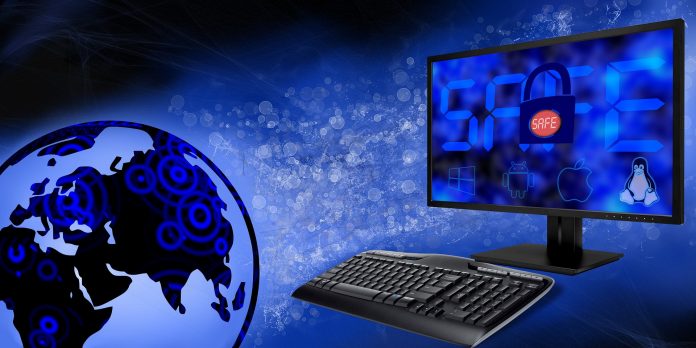There are many ways to secure your Linux system distribution. Today, cyber attacks and computer hacking can be prevented by bolstering security systems. By securing a Linux system, a computer is shielded from identity theft, data extraction, and other forms of malware. Different ways of securing a Linux system can teach users how to avoid spam, scams, and phishing campaigns. As a Linux developer, you should follow basic principles to increase privacy, security and stability. In this article, we’ll discuss the best ways you can secure your Linux system.
Enable Full Disk Encryption
Enable full disk encryption (FDE) to secure your Linux system. You should encrypt your entire hard disk regardless of which operating system you are using. This will ensure that your data remains secure if the device is stolen. First, take advantage of full disk encryption at install time if possible. By encrypting your hard disk, a criminal will be unable to extract your information without an FDE password. Encrypt your full disk so you don’t have to worry about temporary files, swap files, or other directories containing sensitive information. Furthermore, you will notice that encrypting your full disk allows your computer to function at a similar level of performance. Certainly, consider FDE as a cybersecurity tip to help Linux users protect their computers.
Keep Linux Software Up To Date
Keep your software up to date to secure your Linux system completely. First, look into applying security patches. Check the Linux program and dependencies to find helpful security tools that assist with updates. This will also make the upgrades between versions smoother. Moreover, review and apply the updates as soon as they become available. You might want to consider taking advantage of an RPM package manager to apply the security updates. Alternatively, consider applying updates through a cron job. Next, enable security notifications so you know the updates have been installed successfully. If you don’t want to be notified about the update process, configure unattended upgrades. Keep your software up to date to secure your Linux system.
Vulnerability Scanning
Vulnerability scanning is another way to ensure your Linux system is secure. Utilize JFrog’s open source binary Xray to implement advanced vulnerability scanning. Using this binary, you can continuously govern and audit all artifacts consumed and produced on your Linux system. Further, JFrog Xray will ensure your Linux system is safe from malware by utilizing native artifactory integration, universal security compliance, and visibility impact analysis. In fact, you can scan all your artifacts and dependencies. This will provide unprecedented visibility, measuring the impact of any vulnerability or issues found in your software. Use the JFrog Xray as a a vulnerability scanning tool to secure your Linux system.
Deactivate Network Ports When Inactive
Another effective method for securing your Linux system is to deactivate network ports when you are not using them. First, use the “netstat” command so you know which ports are currently open or in-use. This will also inform you of which services are utilizing the open ports. Use different commands to close the services and ports you don’t need. Additionally, firewalls can help you automatically enable shut down guidelines. This is a great option if you use the same ports at relatively the same time each day. Next, change your SSH port from number 22 as that is the primary port hackers will look at to steal information. You are also making it more difficult for hackers to implement malware by changing the SSH port location. To secure your Linux system, deactivate network ports that you aren’t using.
Create Strong Passwords
Create strong passwords as the final way to secure your Linux system. First, make a password that is at least ten characters. Additionally, use special characters, uppercase letters and lowercase letters to complicate your password. This will make your password more difficult for hackers to decode. Vary your passwords by creating new ones for different users and software systems. After an extended period of time, remember to change your password to keep your Linux system secure. Moreover, consider looking into password managers if you have trouble keeping track of many different passwords. Pick the password manager that best meets your individual tech needs. To secure your Linux system, create strong passwords and use two-factor authentication.
There are many ways to secure your Linux system. First, enable full disk encryption to prevent hackers from installing malware on your Linux system. Then, keep your Linux software up to date to increase security. Deactivate network ports when they aren’t being used to prevent hackers from taking advantage of open ports. Utilize JFrog’s X ray to effectively scan for vulnerabilities. Finally, create strong passwords and change them after extended periods of time. These are the best ways to secure your Linux system.






